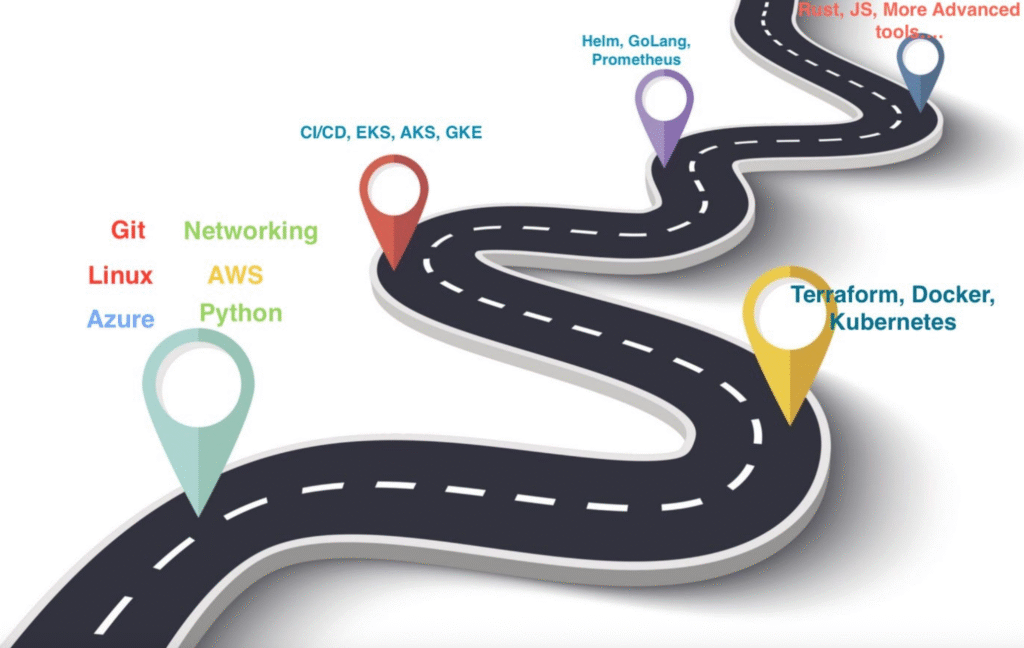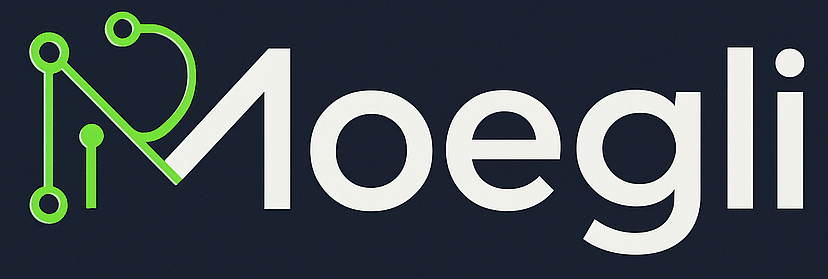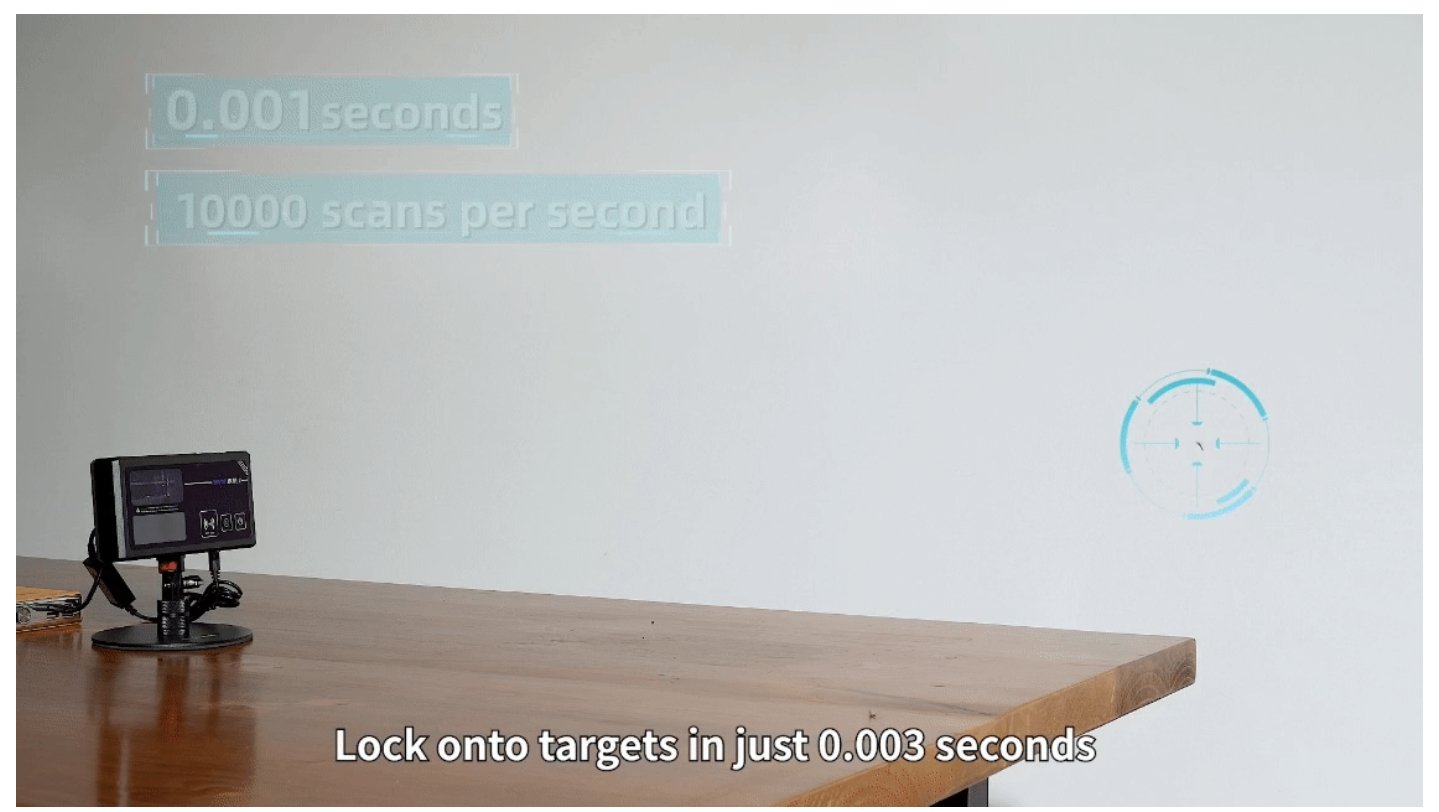The journey into DevOps often begins with curiosity. At first, it starts with learning the basics — setting up Git repositories, writing Bash or Python scripts, and experimenting with Jenkins for simple CI/CD pipelines. The thrill of pressing a button and watching an application deploy sparks the excitement that defines the early stage.

Stage 1: The Curious Beginner
The focus is on building a foundation:
- Tools: Git, GitHub, Linux, Jenkins
- Goal: Understand automation and version control
This stage is about exploration, experimenting, and realizing the potential of DevOps.
Stage 2: The Problem Solver
As projects grow, so do responsibilities. Infrastructure moves from manual setup to automation with Terraform and Ansible. Applications move into Docker containers and are orchestrated with Kubernetes. Monitoring tools like Prometheus and Grafana ensure systems stay reliable.
- Tools: Terraform, Ansible, Docker, Kubernetes, Prometheus, Grafana
- Goal: Automate infrastructure and ensure reliability
This is the stage where problem-solving skills shine.
Stage 3: The Architect
With experience, the role evolves into designing scalable systems. CloudFormation, Helm, and Istio become part of the toolkit. Security and cost optimization enter the picture, with tools like Vault and SonarQube.
- Tools: AWS CloudFormation, Helm, Istio, Vault, SonarQube
- Goal: Architect reliable, secure, and cost-efficient systems
At this point, the perspective shifts from execution to strategy.
Stage 4: The Leader
Eventually, the journey leads to leadership. The role focuses on aligning DevOps with business goals, managing teams, and choosing enterprise-scale solutions. Tools like Spinnaker, Datadog, Jira, and FinOps platforms become essential.
- Tools: Spinnaker, Datadog, Jira, CloudHealth
- Goal: Drive culture, scale operations, optimize costs
The emphasis is no longer on individual pipelines but on building a culture of collaboration, scalability, and efficiency.
The Lesson
The DevOps career path is less about titles and more about growth:
- Start with basics like Git and Jenkins.
- Move into automation and containers.
- Advance into cloud-native architecture and security.
- Finally, step into leadership and strategy.
It’s a journey of continuous learning, adaptability, and innovation.







Leave a Reply